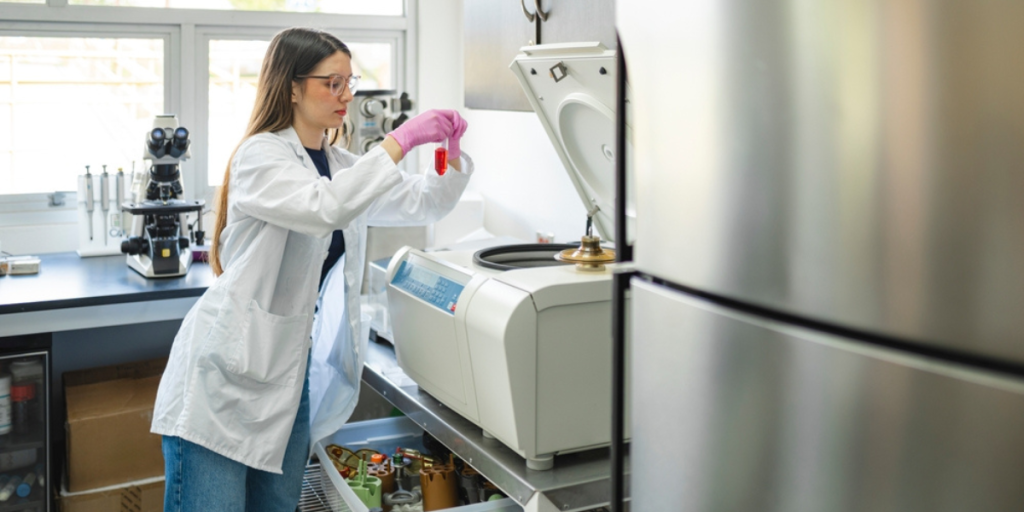Breakthrough in blood science
Others are reading now
Breakthrough in blood science
The unseen complexity of human blood

Most people are familiar with blood types like A, B, AB, and O—and whether you’re positive or negative. But beneath this simple classification lies a far more complex system.
Scientists have identified lesser-known blood group systems that can impact everything from transfusions to pregnancy outcomes. Occasionally, rare cases open the door to new discoveries—and that’s exactly what happened with a puzzling blood sample collected over 50 years ago.
A decades-old mystery finally solved

According to reports by researchers from the UK and Israel, a blood sample taken from a pregnant woman in 1972 lacked a surface molecule present in all known blood types at the time.
Scientists were puzzled by this anomaly for decades. Now, more than 50 years later, their research has led to the discovery of an entirely new blood group system, according to WPtech
Also read
The new blood group system: MAL

According to haematologist Louise Tilley from the UK National Health Service, the team has now officially identified the MAL blood group system, named after the MAL gene. This gene influences whether a person has or lacks the AnWj antigen, a molecule found on the surface of nearly all red blood cells.
As WPtech notes, the AnWj antigen is present in more than 99.9% of the global population, making its absence extremely rare — and medically significant, reports WPtech.
Tracing the genetic cause

Scientists discovered that people with two mutated copies of the MAL gene lack the AnWj antigen altogether. According to cell biologist Tim Satchwell the MAL protein is tiny and has properties that made it hard to isolate.
To prove the gene’s role, the team inserted a healthy MAL gene into AnWj-negative cells, which then began expressing the missing antigen. As WPtech confirms, this experiment was key in establishing the MAL group.
Clinical importance and next steps

Recognizing the MAL blood group has major implications. According to a study published in Blood, this discovery will make it easier to help and understand patients who are rare enough to have this blood type.
Also read
A breakthrough that changes how we see blood

The discovery of the MAL blood group adds another layer to our understanding of human biology. It reminds us that even something as seemingly routine as blood contains unknowns waiting to be uncovered.
Advances like this aren’t just scientific wins—they pave the way for safer, more precise medical care. And in some cases, they help solve mysteries that have spanned generations.


